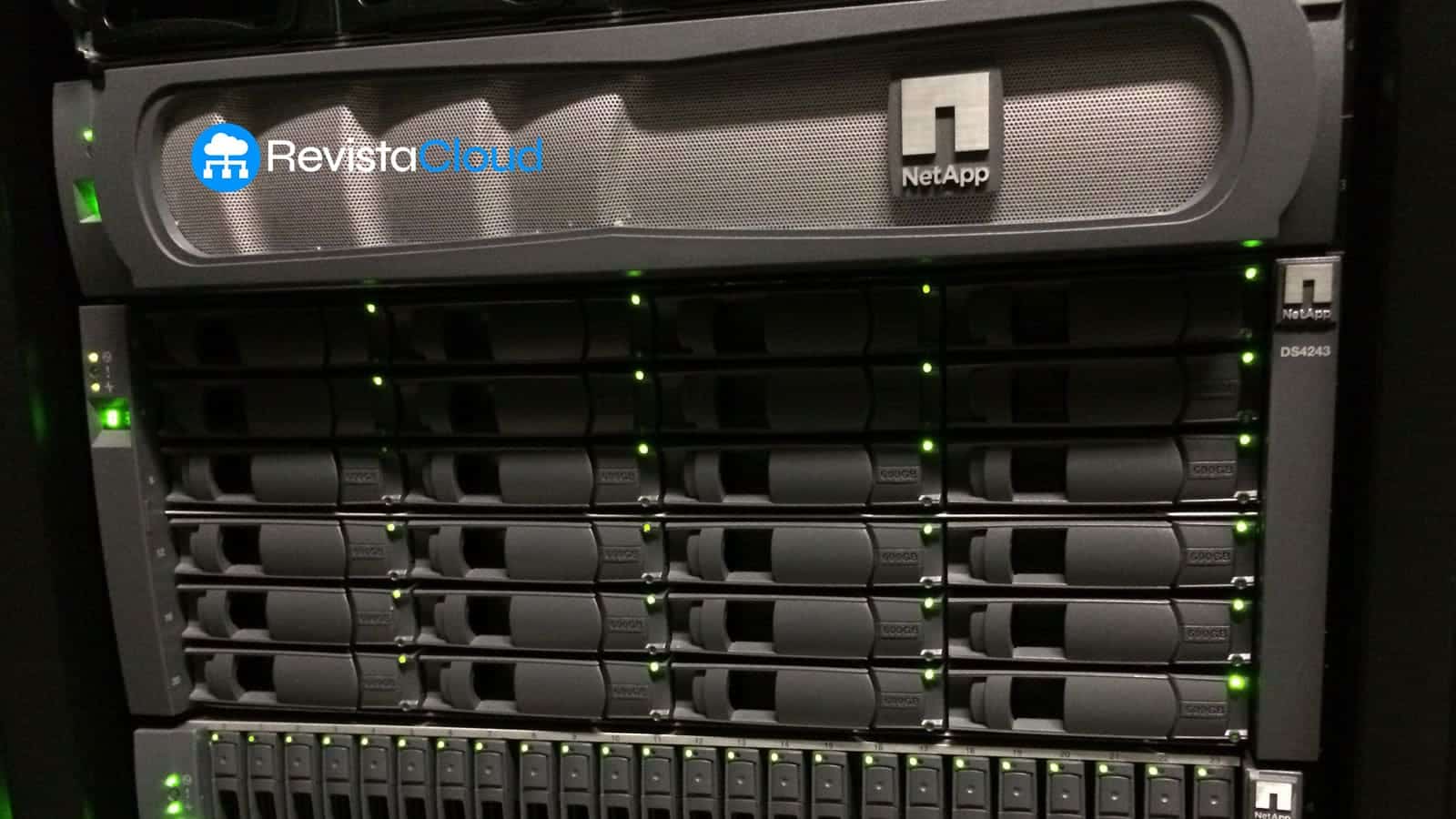In a context where unstructured data is growing exponentially and becoming the raw material for artificial intelligence (AI) and advanced analytics, NetApp has announced the release of StorageGRID 12.0, its software-defined object storage solution. The company promises significant improvements in performance, scalability, and security, aiming to modernize organizations’ data infrastructure and simplify management in hybrid and multi-cloud environments.
The explosion of unstructured data
Companies generate and accumulate huge volumes of unstructured data, from server logs to videos, industrial sensors, or application logs. These repositories are essential for training AI models, fueling high-performance computing (HPC) systems, and supporting digitalization in sectors such as healthcare, energy, or automotive.
However, managing this data presents challenges related to cost, resilience, and scalability. NetApp, with StorageGRID, seeks to strengthen its position as a leader in on-premises object storage compared to native cloud alternatives like Amazon S3, Azure Blob Storage, or Google Cloud Storage.
Key features of StorageGRID 12.0
1. Performance and scalability for AI and HPC
- New advanced caching capabilities enable up to 20 times more performance for AI training workloads.
- Support for dataset versioning through “bucket branches”, facilitating lightweight clone creation for testing, development, and rapid recovery.
- Optimization for iterative workflows in AI projects, reducing trial-and-error times.
2. Simplified management
- Automated disk firmware updates across all nodes, reducing manual intervention.
- Enhanced log archiving for auditing and troubleshooting.
- A smoother experience for administrators managing infrastructures with hundreds of distributed nodes.
3. Reinforced cyber resilience
- New encryption standards using AES-GCM with built-in data integrity.
- Default SSH port blocking to minimize attack vectors.
- Support for “object lock” in grid replication, ensuring the immutability of critical datasets (ideal for AI and regulatory compliance).
A strategic move for the AI era
According to Sandeep Singh, senior vice president and general manager of Enterprise Storage at NetApp:
“StorageGRID provides the scalability, cost-effectiveness, and performance needed for modern workloads like artificial intelligence. With this new version, customers can grow more securely and accelerate their data utilization to focus on deriving real value.”
NetApp’s vision is to position StorageGRID as the core of an intelligent data infrastructure, where observability, automation, and cyber resilience become key differentiators.
Industry implications
- Generative AI and machine learning: versioned and cloned datasets facilitate reproducible training and reduce storage costs.
- Cybersecurity and compliance: support for immutable data and advanced encryption helps meet data protection regulations.
- Hybrid multi-cloud: StorageGRID remains the on-premises solution with S3 compatibility, easing application portability that already use public cloud storage.
- Operational optimization: automation alleviates the workload on administrators, a crucial advantage amid IT talent shortages.
Conclusion
With StorageGRID 12.0, NetApp consolidates its leadership in enterprise object storage, delivering tangible improvements in performance for AI, resilience against cyberattacks, and operational simplicity. In a market where unstructured data is increasingly strategic, its offering aligns with the needs of companies seeking secure, scalable infrastructures ready for artificial intelligence.
Frequently Asked Questions (FAQ)
What sets StorageGRID apart from other object storage solutions?
StorageGRID is designed for on-premises enterprise environments, supporting S3 compatibility, high performance, and advanced security and management features—contrast to cloud-native alternatives.
How does StorageGRID 12.0 support AI projects?
It enables up to 20x higher performance for training workloads and offers dataset versioning with “bucket branches,” aiding rapid testing and data resilience.
What security measures are included in the new version?
It features AES-GCM encryption with data integrity, default SSH port blocking, and support for object lock in grid replication, ensuring immutable data.
Is this solution only for large corporations?
While NetApp mainly targets large enterprises and regulated sectors, StorageGRID can also be adopted by mid-sized organizations managing large volumes of unstructured data and requiring compliance.
via: netapp

